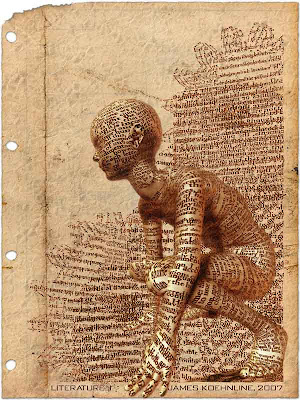Realism in the Balance is a thought-provoking essay written by György Lukács in 1938. It was written while Lukács lived in Soviet Russia and was first published in a German literary journal.
Lukács contended that human beings are essentially socio-historical beings. In order to describe the human condition in an illuminating manner, the writer must tell stories and create characters that reflect the socio-historical determinants of real life. In his essay, Lukács also blames modernism for alienating “an already alienated audience” and pushes for realist art that can genuinely show “the economic system responsible for turning human beings to things”.
Lukács further defends “traditional” realism of authors when compared to the rising Modernist movements. Modernism, which essentially promoted self-consciousness as well as irony concerning social and literary traditions, is a movement which Lukács felt was essential as historic necessity and yet not developed and refined enough to be viewed as revolutionarily powerful.
“A campaign against realism, whether conscious or not, and a resultant impoverishment and isolation of literature and art is one of the crucial manifestations of decadence in the realm of art.”
Lukács believed that it is traditional realism which could ultimately lead to the Marxist revolution and help the middle class with their battle against feudalism.
Lukács took a Marxist approach to explain the importance of literary realism and the authors themselves to bring about a change in the conditions of the working class by providing direction and educating them about social relations. In this regard, Realism is imperative in order to provide the sense of social totality, something which movements like Modernism could never achieve with a kind of work which “manifests itself immediately and on the surface”.
Writers which followed Realism produced better and more aesthetic works as compared to Modernism.
Thus, in the essay Lukács supports the works of Balzac, Thomas Mann, and Georgi Dimitrov and discards the Modernist school of thoughts possessing any potential for inciting revolutions. The essay comes across as a comparative study between Modernism and Literary Realism and how Realism should not be overthrown or abandoned for the sake of Modernism as it is still relevant and important for the society.
“If literature is a particular form by means of which objective reality is reflected, then it becomes of crucial importance for it to grasp that reality as it truly is, and not merely to confine itself to reproducing whatever manifests itself immediately and on the surface.”



